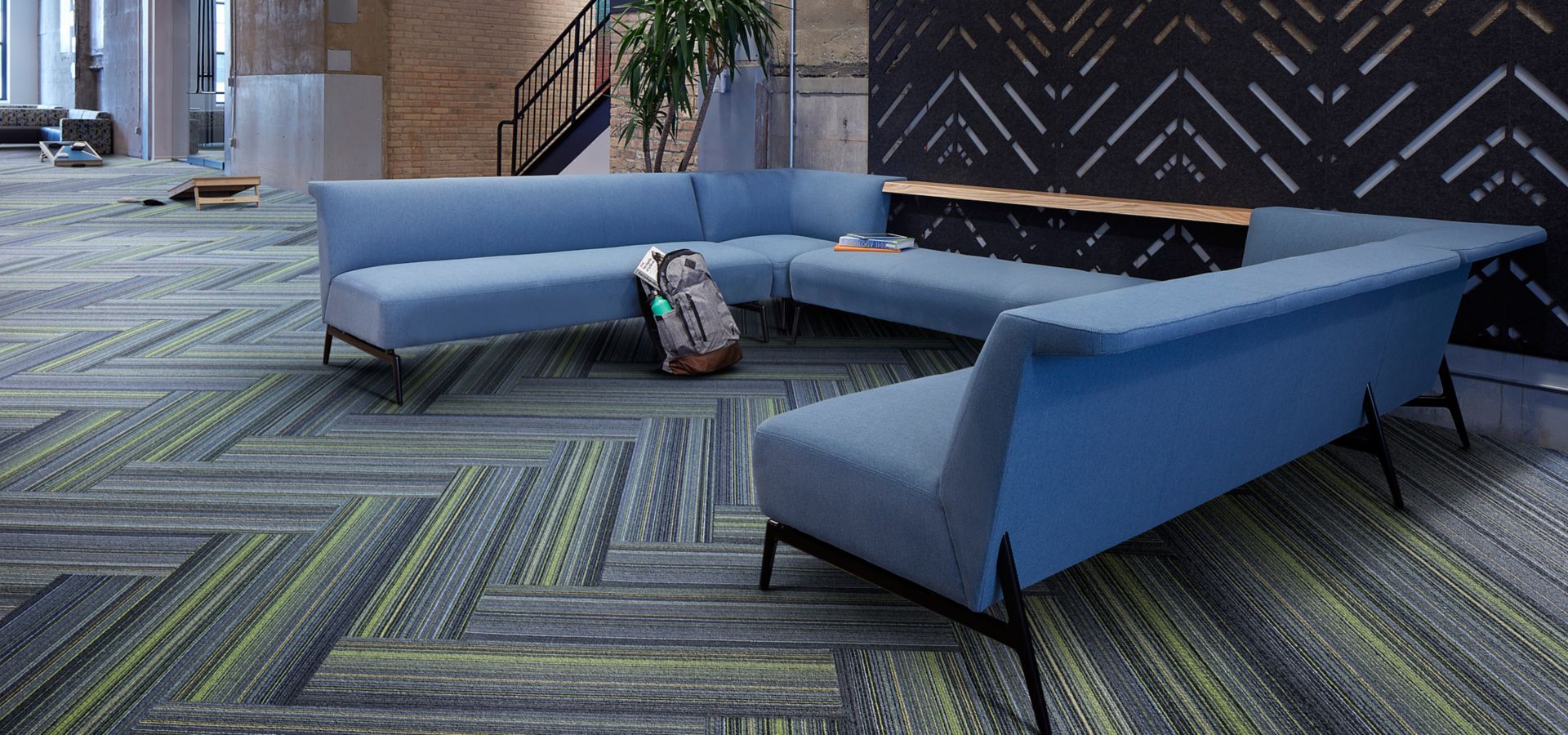
ALL PVC IS NOT CREATED EQUAL
PVC use continues to grow. And this is despite efforts like Red Lists.
Specifiers need a way to ask for better PVC. Enter the Green Star Best Practice Guidelines. A standard that eliminates traditional concerns about the manufacture of PVC, harmful additives, and end of life.
Some products claim to be “PVC Free.” But that alone doesn’t make them healthy or sustainable. We evaluate all materials (including PVC plastic). And we consider their contributions to green chemistry, circularity, and carbon reduction.

WHY GREEN STAR?
No material is without its trade-offs. We use Green Star Best Practice Guidelines globally for PVC. But that doesn’t mean PVC is 100% sustainable.
Why Green Star? It is the only independent, comprehensive standard for best practice PVC that exists today. And though it’s specific to Australia, we apply the guidelines globally.
Eventually, we want to use only recycled or bio-based inputs. But that’s a long-term goal.
We’ll continue to responsibly use PVC for now. But not forever.

